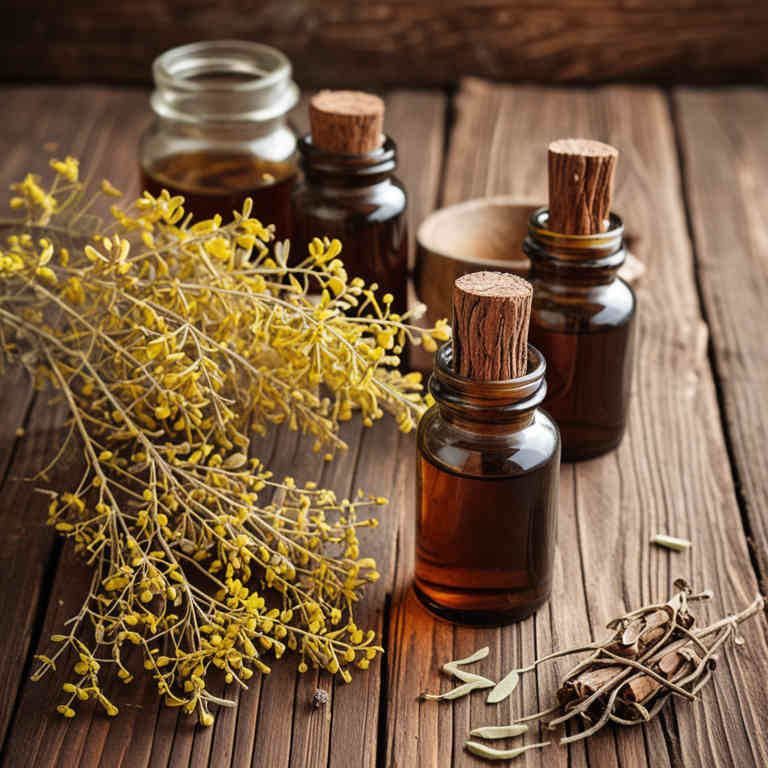Cassia auriculata tincture for medicinal use

Cassia auriculata tincture is a concentrated herbal preparation made from the leaves and flowers of the Cassia auriculata plant, which is native to tropical regions.
This tincture is commonly used in herbal medicine for its anti-inflammatory, antimicrobial, and antidiabetic properties. It is often applied topically to treat skin conditions such as eczema and fungal infections due to its soothing and healing effects. In some traditional systems, it is also used internally to support metabolic health and manage blood sugar levels.
Overall, Cassia auriculata tincture is valued for its versatile therapeutic applications in natural medicine.
Uses
Cassia auriculata tincture has been used to treat a variety of ailments across different cultures for centuries.
Historically, it was valued in Ayurvedic and traditional Chinese medicine for its anti-inflammatory and antiseptic properties. In traditional use, it was applied topically to soothe skin conditions and reduce pain, while internally it was used to support digestive health. Modern research has explored its potential in managing diabetes and its antioxidant effects.
Today, it is still used in herbal formulations for its purported calming and healing benefits.
Benefits
Cassia auriculata tincture has health benefits such as reducing inflammation, supporting digestive health, and promoting skin healing.
It is traditionally used to alleviate symptoms of gastrointestinal disorders due to its mild laxative properties. The tincture may also help in managing stress and improving mood by acting as a natural calming agent. Its antioxidant properties contribute to boosting the immune system and protecting cells from damage.
Additionally, it has been used in herbal medicine to treat skin conditions like eczema and acne due to its antimicrobial and anti-inflammatory effects.
Constituents
Cassia auriculata tincture active constituents include alkaloids, flavonoids, tannins, and glycosides.
These compounds contribute to the plant's traditional use in herbal medicine for their anti-inflammatory, antimicrobial, and antioxidant properties. The alkaloids may help in managing pain and inflammation, while flavonoids support cardiovascular health. Tannins are known for their astringent effects and ability to soothe digestive issues.
Glycosides may aid in regulating blood sugar levels and promoting skin health.
Preparation
To make Cassia auriculata tincture, begin by gathering fresh or dried Cassia auriculata leaves, which are known for their medicinal properties.
Next, place the leaves in a glass jar and cover them completely with a high-proof alcohol such as vodka or grain alcohol. Let the mixture sit in a dark place for 4 to 6 weeks, shaking the jar occasionally to ensure even extraction. After the steeping period, strain the liquid through a fine mesh strainer or cheesecloth to remove the plant material.
Finally, store the tincture in a dark glass bottle away from light and heat to preserve its potency.
Side Effects
Cassia auriculata tincture may lead to gastrointestinal discomfort, including nausea, vomiting, and diarrhea, due to its high concentration of compounds such as tannins and saponins.
It can also cause allergic reactions in some individuals, manifesting as skin rashes, itching, or respiratory symptoms. Prolonged use may lead to liver toxicity, as some herbal preparations have been linked to hepatic damage. Additionally, it may interact with certain medications, potentially reducing their effectiveness or increasing the risk of adverse effects.
It is important to consult a healthcare professional before using this tincture, especially for individuals with pre-existing medical conditions or those taking regular medications.